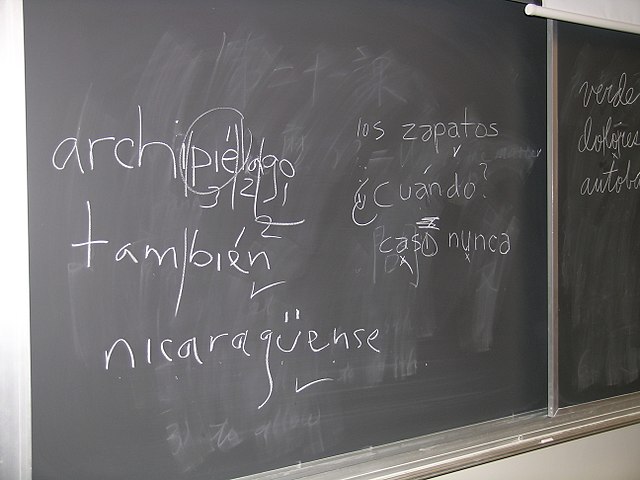The apostrophe is a punctuation mark, and sometimes a diacritical mark, in languages that use the Latin alphabet and some other alphabets. In English, the apostrophe is used for three basic purposes:The marking of the omission of one or more letters, e.g. the contraction of "do not" to "don't"
The marking of possessive case of nouns
Use as a single quotation mark
Sign at Leeds railway station, England, with an extraneous apostrophe crossed out
Advertisement with three superfluous apostrophes
Image: A Postrophe Rules Bicycle's (sic) Will Be Removed (5598101411)
A diacritic is a glyph added to a letter or to a basic glyph. The term derives from the Ancient Greek διακριτικός, from διακρίνω. The word diacritic is a noun, though it is sometimes used in an attributive sense, whereas diacritical is only an adjective. Some diacritics, such as the acute ⟨á⟩, grave ⟨à⟩, and circumflex ⟨â⟩, are often called accents. Diacritics may appear above or below a letter or in some other position such as within the letter or between two letters.
Hangul, the Korean alphabet
German keyboard with umlaut letters
Blackboard used in class at Harvard shows students' efforts at placing the ü and acute accent diacritic used in Spanish orthography.






